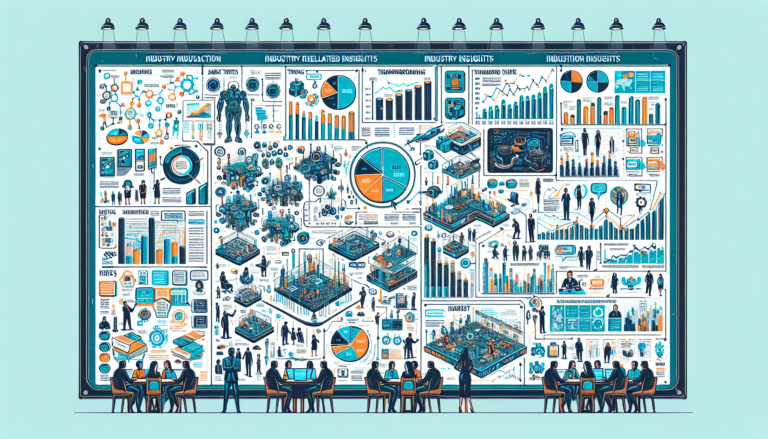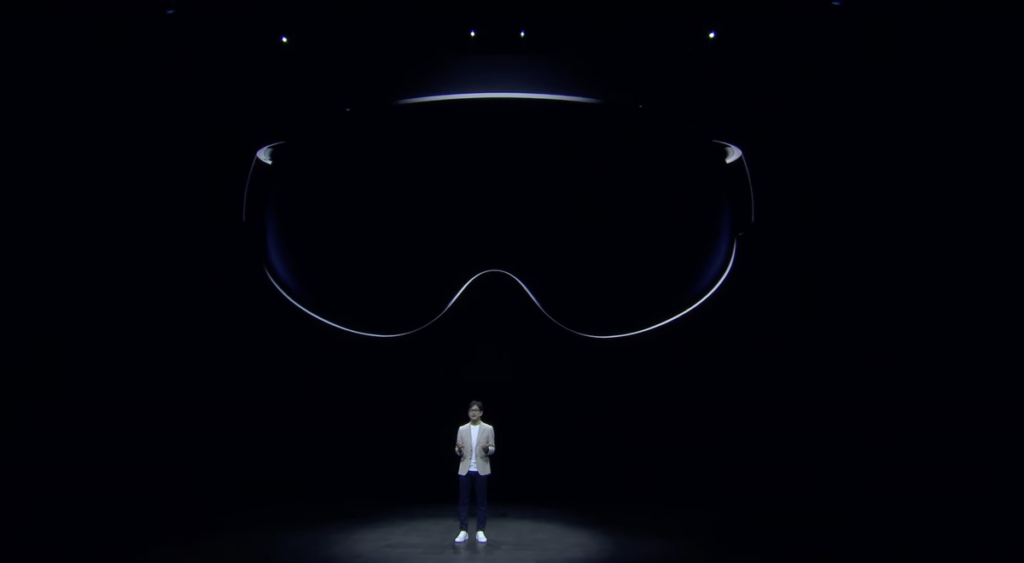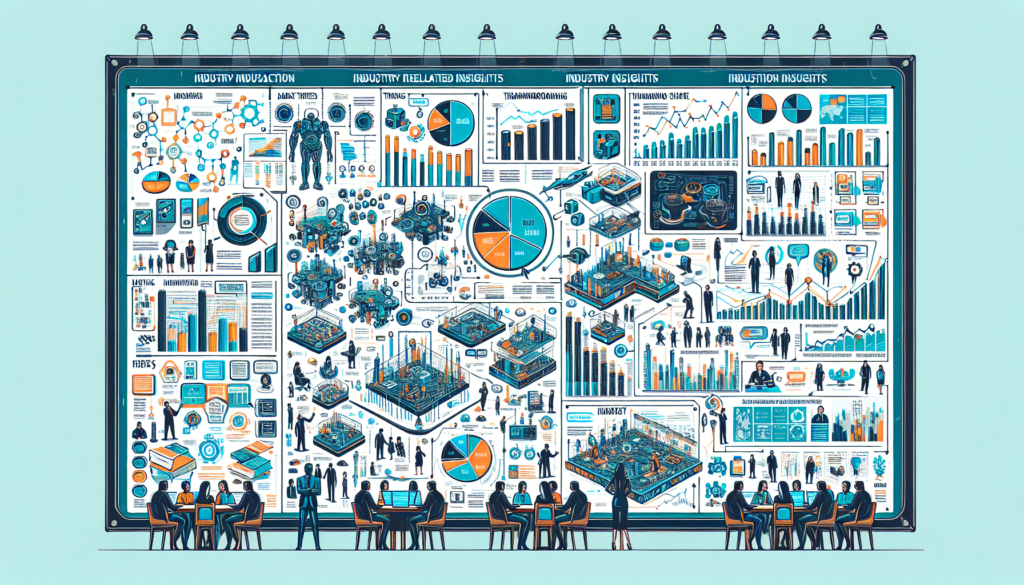The Rise of Streaming Services
Streaming services have revolutionized the way we consume film and television content. With platforms like Netflix, Hulu, Amazon Prime Video, and Disney+, viewers now have access to a vast library of films and series at their fingertips. This shift from traditional cable television to streaming has created a more personalized viewing experience, allowing audiences to watch what they want, when they want. The convenience of streaming has led to a surge in subscriptions, with millions of people opting for digital platforms over conventional media.
This change in consumer behavior has prompted production companies to rethink their strategies. As viewers increasingly turn to streaming, studios are recognizing the need to develop content tailored for these platforms. This has resulted in a significant increase in original programming, as streaming services invest heavily in exclusive series and films to attract and retain subscribers.
Shifting Production Models
The impact of streaming on film and television production is profound. Traditional production models often relied on lengthy development cycles and significant budgets for theatrical releases. In contrast, streaming platforms prefer a more agile approach that allows for rapid content creation and release. This shift has encouraged filmmakers to experiment with diverse genres and formats, leading to a wider range of storytelling options.
Moreover, streaming services have disrupted the traditional release schedule. Instead of waiting for a film to hit theaters, audiences can now enjoy new content as soon as it’s available online. This has led to a new norm where series are often released in their entirety, allowing viewers to binge-watch entire seasons. The demand for quality content and quick turnaround times has forced production teams to adapt, often resulting in shorter production schedules and increased collaboration across various departments.
Increased Competition and New Opportunities
The explosion of streaming platforms has intensified competition within the entertainment industry. With so many options available, content creators must work harder to stand out. This has led to a surge in innovative storytelling and diverse representation in film and television. Streaming platforms are often more willing to take risks on unconventional narratives and underrepresented voices, providing opportunities for creators who may have struggled to find a platform in traditional media.
Increased competition has also resulted in a higher demand for talent. Filmmakers, writers, and actors are finding more opportunities to collaborate with streaming services, leading to an influx of fresh ideas and perspectives in the industry. This has created a more vibrant landscape for storytelling, encouraging a broader range of voices and experiences to be shared.
Changing Viewer Expectations
As streaming services continue to dominate the entertainment landscape, viewer expectations have evolved. Audiences now demand high-quality content that is not only engaging but also diverse and inclusive. Streaming platforms have responded by investing in original programming that reflects a wide array of perspectives and experiences. This shift has not only enriched the content available but has also set a new standard for storytelling in film and television.
Furthermore, viewers have come to expect seamless accessibility and user-friendly interfaces. The convenience of streaming means that audiences are less tolerant of technical glitches or poor user experiences. As a result, production teams must consider the viewing experience holistically, from the quality of the content to the platform’s functionality. This has led to greater collaboration between content creators and tech experts, ensuring that the end product meets the high expectations of modern viewers.
The Role of Data Analytics
Data analytics has become an invaluable tool for streaming services and production companies alike. By analyzing viewer behavior, streaming platforms can gain insights into what types of content resonate with audiences. This data-driven approach allows them to make informed decisions about which projects to greenlight and how to market their content effectively.
For filmmakers and producers, this means that they can tailor their projects to align with viewer preferences. By understanding trends and audience demographics, creators can craft stories that appeal to specific segments of the population. This has led to a more targeted approach to storytelling, ensuring that content is not only high-quality but also relevant to its intended audience.
Global Reach and Cultural Exchange
One of the most exciting aspects of streaming is its potential for global reach. Unlike traditional media, which is often limited by geographical boundaries, streaming platforms allow content to be accessed worldwide. This has opened up new avenues for cultural exchange, enabling audiences to discover films and television shows from different countries and cultures.
As a result, filmmakers are increasingly collaborating across borders, blending artistic styles and storytelling techniques. This fusion of influences enriches the viewing experience and broadens the horizons of both creators and audiences. Streaming services are not only promoting local talent but also fostering a global community of storytellers who can share their narratives with the world.
The Impact on Traditional Distribution Models
The rise of streaming has significantly altered traditional distribution models for film and television. The conventional route of theatrical releases followed by home video sales is no longer the only path to success. With streaming platforms, creators can bypass traditional distribution channels entirely, reaching audiences directly.
This shift has democratized access to content, allowing independent filmmakers to showcase their work without the backing of major studios. As a result, we are seeing a rise in indie films and series that may have previously struggled to find a platform. Streaming services have become a vital avenue for emerging talent, giving them the opportunity to share their stories with a global audience.
Challenges Facing Production Companies
While the rise of streaming has brought numerous opportunities, it has also posed challenges for production companies. The demand for constant content creation can lead to burnout among creatives, as they strive to deliver fresh material regularly. This pressure can compromise the quality of storytelling and lead to a homogenization of content, as companies may prioritize quantity over quality.
Additionally, the competitive nature of the streaming landscape means that production companies must continuously innovate to stay relevant. As more platforms enter the market, the fight for viewer attention intensifies. This can result in increased production costs and a constant need for strategic marketing to ensure that new releases capture audience interest.
The Future of Film and Television Production
Looking ahead, the impact of streaming on film and television production will continue to evolve. As technology advances and viewer preferences shift, production companies will need to remain adaptable. The integration of virtual reality, augmented reality, and interactive storytelling could shape the future of content creation, offering new ways to engage audiences.
Furthermore, the focus on diversity and representation will likely remain at the forefront of storytelling. As more creators from various backgrounds gain access to platforms, we can expect to see an even broader range of narratives that challenge societal norms and promote inclusivity.
In summary, the impact of streaming on film and television production has been transformative. It has reshaped the way content is created, distributed, and consumed, while opening up new opportunities for storytellers. As the industry continues to adapt, the possibilities for innovation and creativity are endless, promising an exciting future for both filmmakers and audiences alike.














